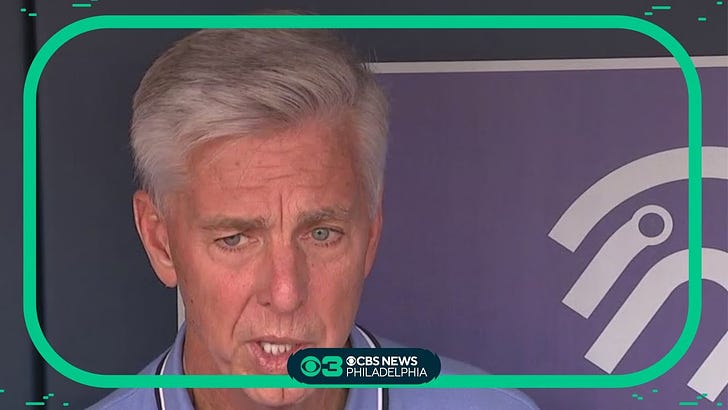Let’s get right into this because …
Andrew Painter, SP PHI (sprained elbow)
Andrew Painter will undergo Tommy John surgery and an ulnar nerve transposition soon. He’ll see Dr. Neal ElAttrache for a consult, but the result is almost assured. Painter’s been trying to avoid this for a while, but in the end, a hard throwing and talented young pitcher will miss the better part of two seasons, meaning the Phillies don’t have the guy they thought would be the #2 behind Aaron Nola for the foreseeable future until 2025.
The nerve transposition isn’t unusual and won’t add time to the recovery. Tommy John himself needed it and surgeons today debate whether or not to transpose the nerve as a matter of course. Dr Jobe did, most today don’t, but it’s not uncommon if the surgeon sees signs of impingement.
So it’s an all too common surgery in an all too common patient, with a side order of side effect. Too many major league pitchers have this and far too many young pitchers as well. We see this with the near wipeout of high school pitchers in the draft. This isn’t unusual, with one scouting director telling me that absent an absolutely special talent, he won’t draft high school pitchers at the top ever again. He’s happy to let them go to college and see who survives.
However, an article on the Women’s World Cup got me thinking. In it, the effect of so many top players lost to ACL reconstruction is contrasted with the success of the PEP program, an ACL “prevention” program. (Prevention is only in the sense that fewer have it, so I see “reduction” as a better descriptor.) Why is there no UCL reduction program? I did some work on this at Motus, but it never amounted to much because teams seemed uninterested, but I’m curious if it’s possible.
I reached out to a couple MLB doctors and none seemed to love the idea. “Altering mechanics and movement is already hard,” one said, “and if I go down and tell a pitching coach or [strength coordinator] that all his pitchers need to build up their forearms and biceps, he’s going to toss me out. The pitchers all have their routines, so I’d think they would be highly resistant as well.”
That’s hardly an answer. With more colleges following Wake Forest - or trying - and building labs and doing more academic research, I think we might find the answer there, especially if more high school pitchers find their way to campus rather than some far-flung Single-A city.
I’m no AI evangelist or even bull, but I think the tech might end up being one key answer. We know that mechanics and throw count are key, helping monitor fatigue, recovery, and workload. Pitchers and coaches are utterly horrible at estimating these throws, even on game days, but with so many places having video, imagine an AI that could answer the question “How many times did #67 throw the ball today?” That camera on the back field could give us the answer in a way the video intern probably can’t. It does the counting, and drops it right into the workload monitor. I’m not even sure this isn’t doable today with installed camera systems like HawkEye, FieldFX, and Synergy.
I’d love to stop writing about pitchers like Andrew Painter missing seasons and teams altering plans or having to sign a bridge because another pitcher had Tommy John.
SHOHEI OHTANI, SP/DH LAA (finger blister)




